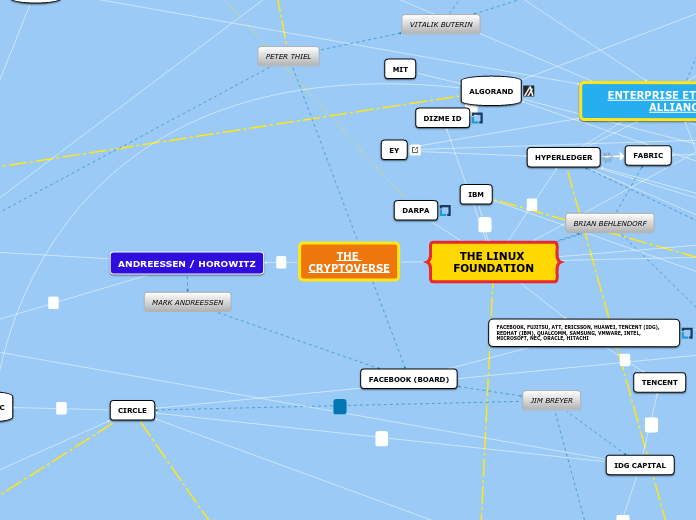作者:Shelby Greer 9 年以前
384
Mathematics Assessment and Evaluation
The text discusses various methods for assessing and evaluating students in mathematics, emphasizing the importance of feedback and diverse assessment strategies. It highlights the use of exit tickets and whiteboards as eco-friendly tools for gauging student understanding and promoting engagement.
開啟
Mathematics Assessment and Evaluation Balanced Summative Assessment Teaching to the whole student:
assignments vs tests alleviates stress on students assessment of learning allows from cross-curricular assessment multiple intelligences mix of authentic and traditional assessment Exit Tickets assessment as learning "What stuck with you" can be open ended in nature white boards = environmentally friendly strategic use during units Student Feedback White boards highlighting systems Stamps Diversify, verify, amplify Lets teacher know where students are in learning process Design Down Planning Stop relying on unit tests as means of assessment Zingers! spreading out assessment
opportunities throughout unit DI: process Backwards Chain of Design "Teaching to the test" Coach 101 Assessment of learning > summative assessment Assessment as learning > formative assessment detailed and descriptive feedback allows for greater success Assessment Of Learning Show what you know Technology in the classroom: increased motivation CLIPS great resource helps students make real-world connections Co-creating Criteria Cookies allow real-world connection Highlights ambiguity with creating rubrics gets students involved with assessment process Student Monitoring monitors understanding monitors engagement Monitoring systems Paper Flip Room Flip 3 fingers Pat Head Thumbs up/down Diagnostic Learning student centred part of differentiating instruction Can be informal assessment Can be open ended questions to gage prior knowledge occurs at beginning of learning block









